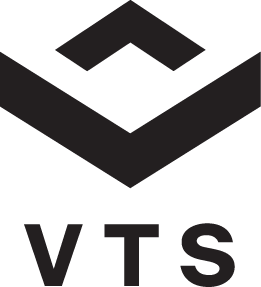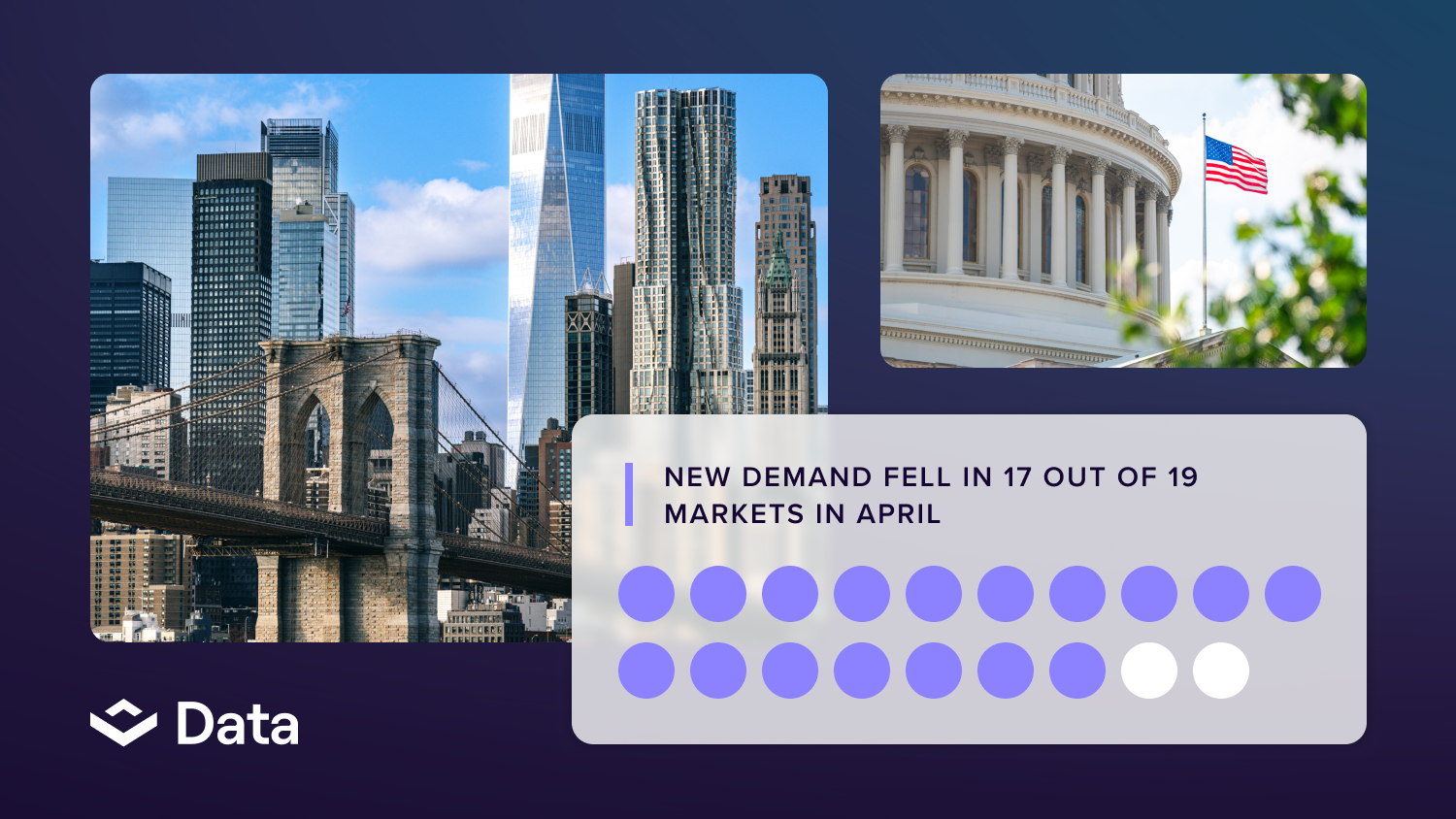Over the past few decades, commercial real estate has become an institutionalized asset class. Thirty years ago, real estate represented less than 2% of an institutional portfolio and the majority of commercial real estate was owned by regional “mom-and-pop” shops. Today is a very different world. Real estate now represents nearly 10% of institutional investment portfolios.
Despite the influx of billions of dollars, the core strategies around acquiring real estate have remained largely the same. This post focuses on equity investments, or acquiring commercial real estate assets directly, which generally can be categorized as: core, core-plus, value-added, and opportunistic.
While it is hard to give these strategies justice in just a few paragraphs, here is what you should know about each:
1. Core
Core investing is considered the “safest” form of real estate investing. It includes the buying and holding of stable assets characterized by their high quality, low vacancies, and / or strong markets or relative location. (Think Class A office buildings in New York City.)
Often, core investors favor yield over appreciation and will view real estate as a relatively safe place to invest capital. This investment approach can be seen as an alternative to bonds — with the added benefit of being backed by a physical asset — and offer a potential hedge against inflation. The average targeted internal rate of return (IRR) will usually be below 10%.
Although the recent high prices for CRE assets has created some concern around core investments, 50% of private equity real estate investors plan to continue to pursue the strategy in 2016, according to Preqin.
2. Core-plus
As it’s name implies, core-plus investments are similar to core, but with a little extra juice. Investors looking to pursue a core-plus strategy seek out assets that are still fundamentally sound and appealing, but offer an opportunity to add value to enhance returns. Of course, these investments have some higher degree of risk (like upcoming lease expirations) or value-add opportunities (like mild renovation).
This approach is the least common of the four, with only 25% of private equity real estate investors planning to pursue this investment strategy in the next 12 months.
3. Value-added
Value-added strategies are higher up the risk-return chain, approaching medium-to-high for both. These investments typically include properties that have significant execution risk to add the necessary value to drive enhanced returns — like major renovation, repositioning, or lease-up to stabilization.
Value-added investors typically seek to hold an asset for 5-7 years — enough time to execute their strategy — and understand much of their return will come from appreciation over yield. Said differently, they are okay waiting for the bigger check at time of sale. The whole strategy is predicated on the idea that you can add some value initially to see outsized returns (10-15% IRR) upon disposition.
Leasing is often considered a critical part of a value-added strategy. Effective brokerage teams will be able to market effectively, attract strong tenants, and negotiate competitive deals to boost the value at time of disposition.
This approach is expected to be the most popular in 2016, with 55% of private equity real estate investors looking to pursue value-added investments. Investors are probably drawn to the strategy because it is a way to escape the extremely competitive prices for prime assets in gateway markets.
4. Opportunistic
The highest risk-reward investment strategy is the opportunistic approach. Investors pursuing this strategy typically seek out properties that need a significant amount of work — either because of renovation needs, high vacancy, or relative strength of the market. New development is often included in this category as well. Because so much work needs to go into righting the asset, it can yield the highest returns, but also entails the greatest level of risk. The typical asset is held for 3-7 years, with the goal of achieving a 15%+ IRR.
It is reported that 45% of private equity real estate investors plan to pursue this strategy this year.
Other commercial investment strategies
Although there are other types of investment strategies within commercial real estate — like distressed / debt, corporate / public and securities / CMBS — the above four represent the most prevalent for investors acquiring commercial real estate assets. Many investors — particularly private equity and hedge funds — will mix up the strategies to help diversify their portfolios and meet different investment objectives.






